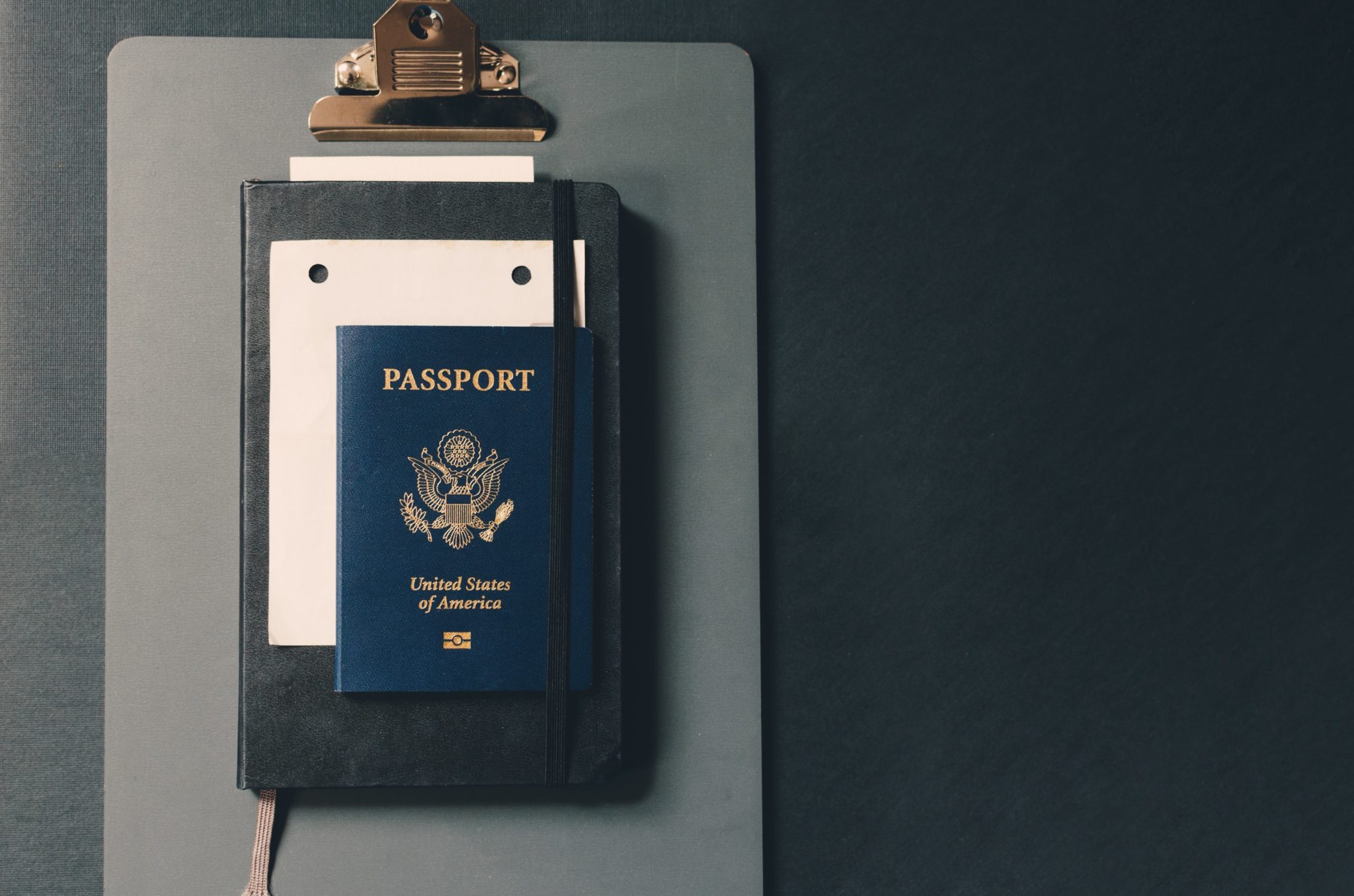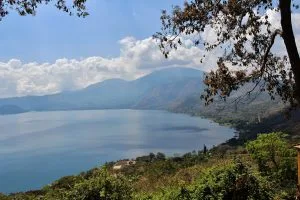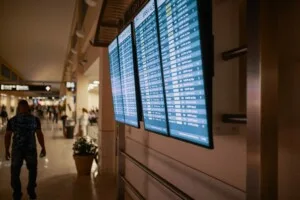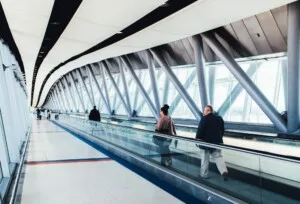Peru’s building a name for itself as the place to be for commerce, tourism, and lifestyle in Latin America. Global partners are moving quickly to secure trade relationships with this rising power, such as the free trade deal struck with Australia earlier this year, PAFTA.
With a relatively open commercial environment in the country, business is booming for foreigners. Recent reforms to visa and residency requirements have made immigration processes simpler. We outline the types of visas on offer for foreigners wanting Permanent residency in Peru, and the eligibility and paperwork requirements to get them.
SEE ALSO: What are the Different Types of Company Structures in Peru?
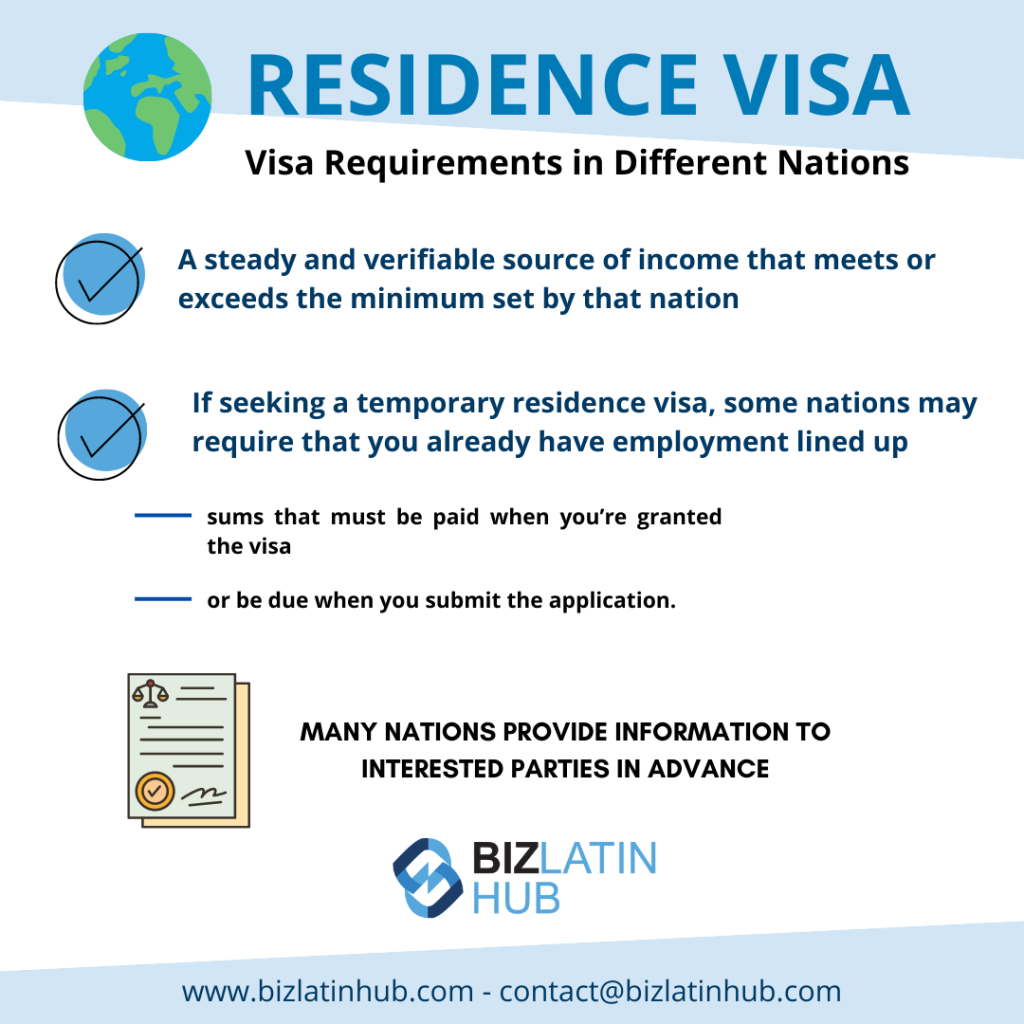
Permanent Residency in Peru: Different types
Peru offers 9 different types of temporary visas for people to set themselves up in the country. There are also several residency visas individuals can choose from when considering a more permanent option.
Temporary options include:
- Independent investor
- Independent professional
- Temporary worker
- Appointed worker
- Student
- Tourist
- Artist
- 2 different religious visas: Catholic and non-Catholic.
For residency, the following options are available:
- Independent investor
- ‘Rentista’ visa: for those who receive income from a fixed source, such as property rent payments or dividends
- Resident worker
- Resident family
- Training (student)
- Religious.
The process for applying and obtaining your permanent visa is 30 working days, provided there are no hold-ups or additional delays. It’s therefore vital you have all the documentation you need to supply prepared and correctly authorized/apostilled.
To kick start the application process, you need to schedule an appointment with the relevant authority, the National Superintendency of Migration or Migraciones Superintendencia Nacional.
Eligibility and application requirements
Foreign individuals can apply for permanent residence after maintaining a temporary visa in Peru for 3 years.
Each visa application costs S/107.50 (Peruvian soles) to process, which is approximately US$32. You must pay this to the Banco de la Nación (National Bank). Regardless of the visa you’re applying for, you’ll need to provide:
- A receipt from the Banco de la Nación showing proof of your processing fee payment
- A legible copy of your current passport or another travel document.
Below, we outline the specific eligibility and application requirements for the following visas: independent investor, ‘rentista’, resident worker and resident family.
Independent investor
You’re eligible if: you plan to invest up to 500,000 Peruvian Soles (approximately US$150,000) locally. This investment must be transferred directly from a bank account in your name to one in Peru in a single sum.
Note that this excludes investment through the transfer of shares, and that as a business owner, you must take up the Manager or Director role in your company.
To apply, you need:
- A notarized copy of a deed and/or document proving the value of your investment over S/500,000
- To make a sworn statement (and provide a copy of this) declaring the money invested comes from abroad
- To write and provide a ‘letter of commitment’ that with this investment, you’ll hire at least 5 Peruvians in the course of your work and within 12 months of operating
- To create and provide a Business Plan or feasibility project outlining how the 5 jobs mentioned above will be created (and sustained). This document must be officially signed, authorized and certified by a professional.
‘Rentista’ visa
You’re eligible if: you can demonstrate that you’re earning a long-term or permanent income of at least US$1,000 per month. If you have dependents, you must prove an additional monthly income of US$500. This income must come from overseas.
To apply, you need:
- Affidavit confirming a clean criminal, police, and judicial record authorized at the national and international level
- Authorized/legalized copy of a document proving foreign-sourced income, including the extra US$500 for any dependents. This must be legalized by your local Peruvian Consulate
- If you’re earning a national income: document from the beneficiary.
Note that with this visa, you’re not allowed to work (i.e. enter onto a payroll) in Peru. This visa is geared particularly towards retirees and passive income earners.
Resident worker
You’re eligible if: You’ve held a temporary visa for 3 years and have a contract for work in Peru for a minimum of 1 year.
To apply, you need:
- to have a legitimate contract with an authority qualified to offer work that has been presented to Peru’s labour authority
- if signed abroad, the contract must be apostilled, or legalized by your local Peruvian Consulate and the Ministry of Foreign Affairs
- Translation of any contract or related document written in a foreign language to Spanish. Only a Collegiate or Sworn Public Translator can do this
Note that if the contract discusses probationary periods of work, you’ll be granted a temporary visa over this time until the period ends. This visa lasts 183 days but can be extended up to 365 days.
After the probationary period finishes, you can then obtain a permanent visa.
Resident family
This visa recognizes several circumstances or family categories that individuals fall within:
- Parents of a Peruvian person or foreigner residing in Peru
- Children of a Peruvian person or foreigner residing in Peru: this splits into a further 3 categories depending on the age and needs of the child
- Spouses of a Peruvian or foreign resident: this splits into 2 categories based on residing spouse’s citizenship.
To apply, you need:
Documentation varies slightly for these visa categories. Residing relatives or spouses must provide a local identification or immigration card.
Parents and children of the Peruvian or foreign residing individual must provide certified copies of their birth certificate. For children with disabilities, applicants must provide legalized copies proving their conditions.
For spouses, certified copies of marriage certificates are an additional requirement. Depending on the origin of the certificate, it may need to be legalized, or apostilled by a local Peruvian Consulate or Ministry of Foreign Affairs.
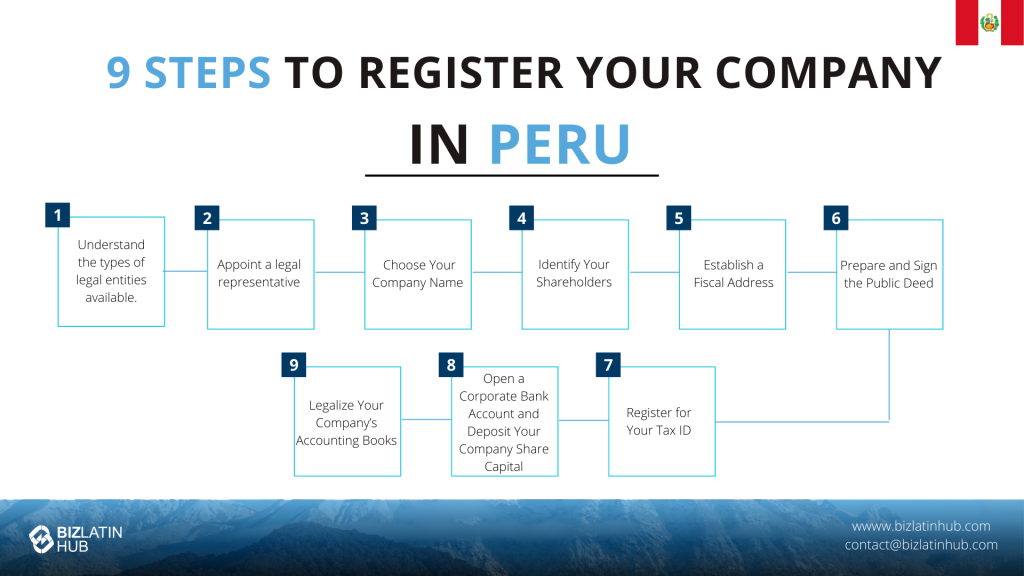
Permanent Residency in Peru: Additional information
With a permanent visa, you’ll also need to obtain a ‘Carnet de Extranjeria’, or immigration card. This card has multiple uses, including enabling you to travel without your passport, open a bank account, and pay certain bills. Additionally, with a Carnet de Extranjeria you can go on to apply for citizenship and a Peruvian passport.
During the application process, a legal representative or power of attorney (POA) can complete the required steps on your behalf. To do this, the letter authorizing the POA must be notarized. If you grant a POA outside of Peru, you’ll also need the Ministry of Foreign Affairs and local Peruvian consulate to legalize and/or apostille the official appointment letter.
For more information about the training and religious visas, you can find out about their eligibility and documentation needs on the Migraciones Superintendencia Nacional website.
Maintaining your residency status
Your permanent residency visa needs to be renewed every 5 years. The exceptions to this is the Investor and Resident Worker Visas, which must be renewed every 365 days.
Note that for the investor visa, a requisite for renewing your residency is the continued provision of jobs to at least 5 Peruvians.
Let us help you apply for your Permanent Residency in Peru
Though recent reforms have made Peru’s visa requirements easier to navigate, legal assistance is still vital when it comes to understanding the appropriate way to certify your documentation.
At Biz Latin Hub, we can make this process painless. Our range of visa and other immigration services are designed to provide the right legal assistance when needed, and guide you through the rest of your application.
Talk to us about our immigration strategy, or book a consultation with us to find out how we can make your life easier. Take the first step and reach out to us here at Biz Latin Hub.

